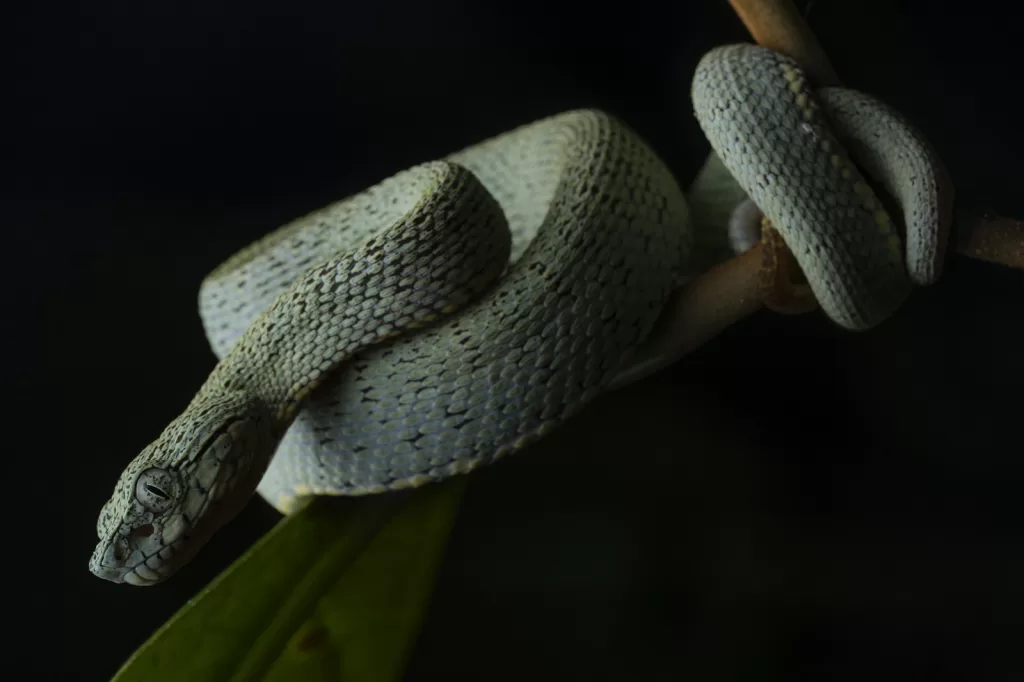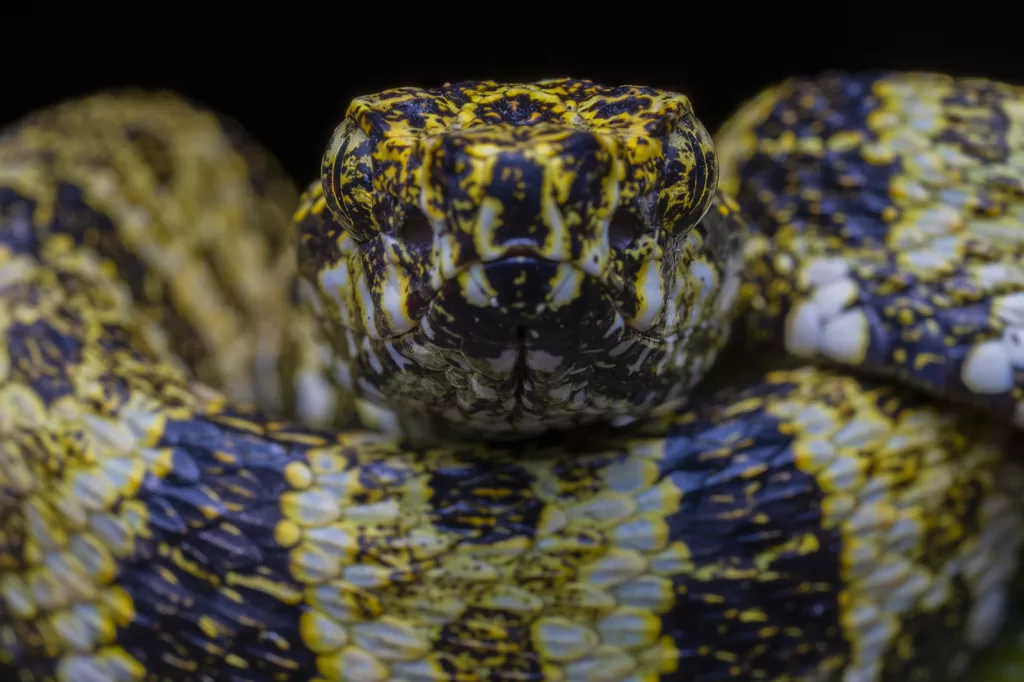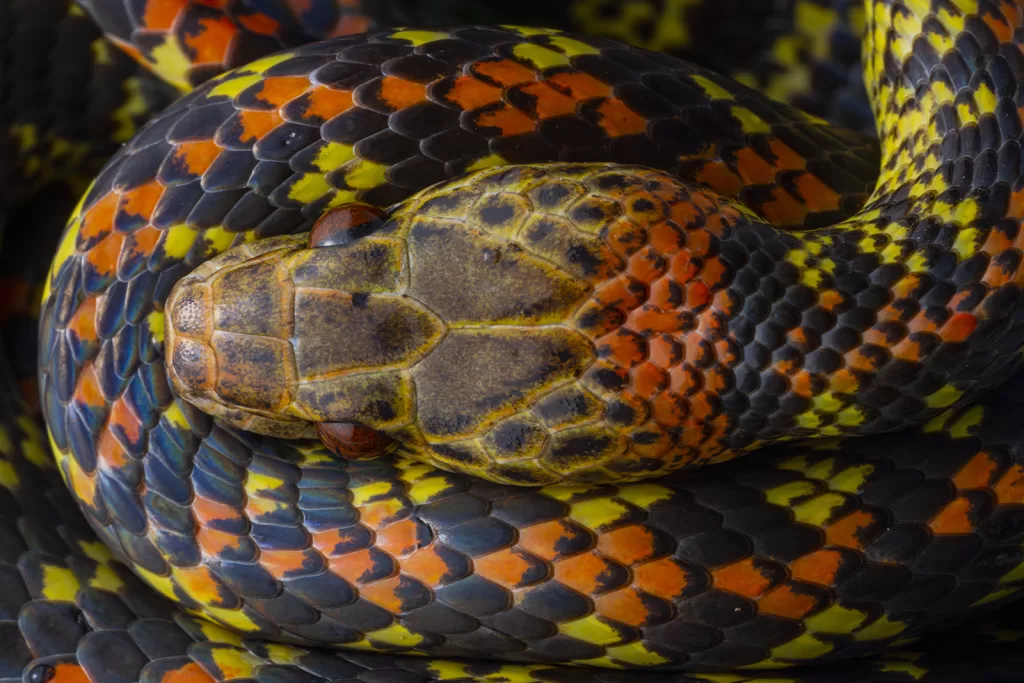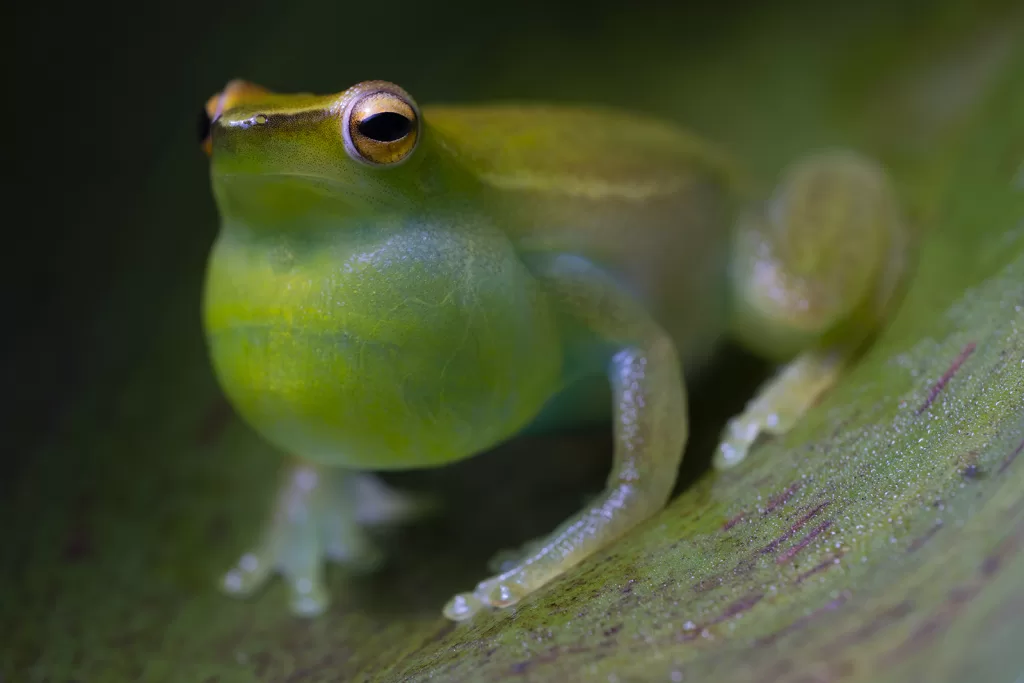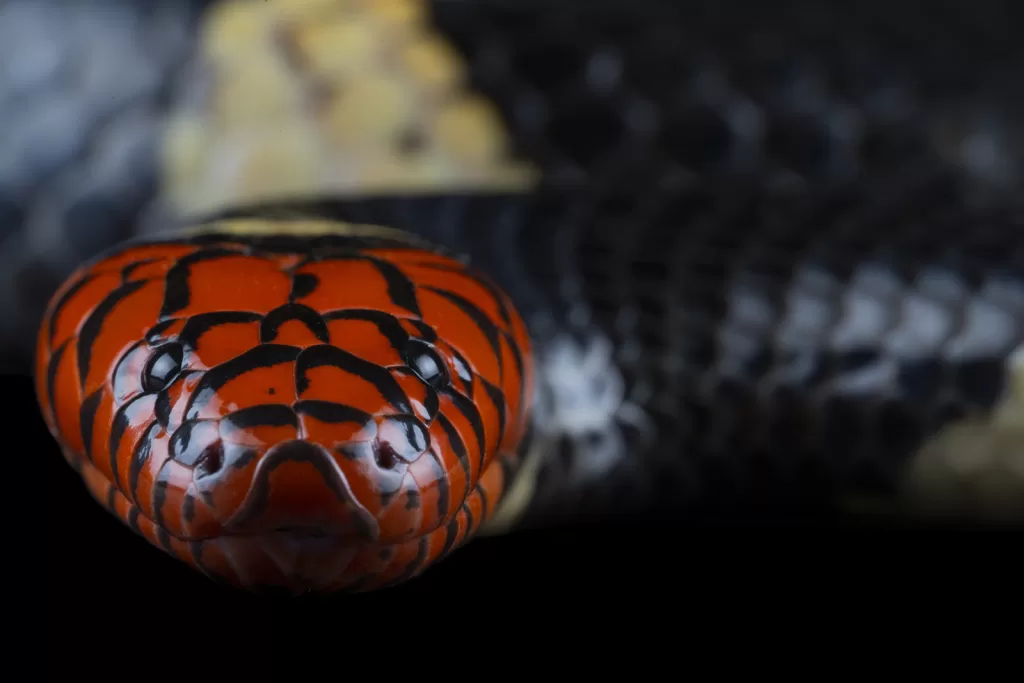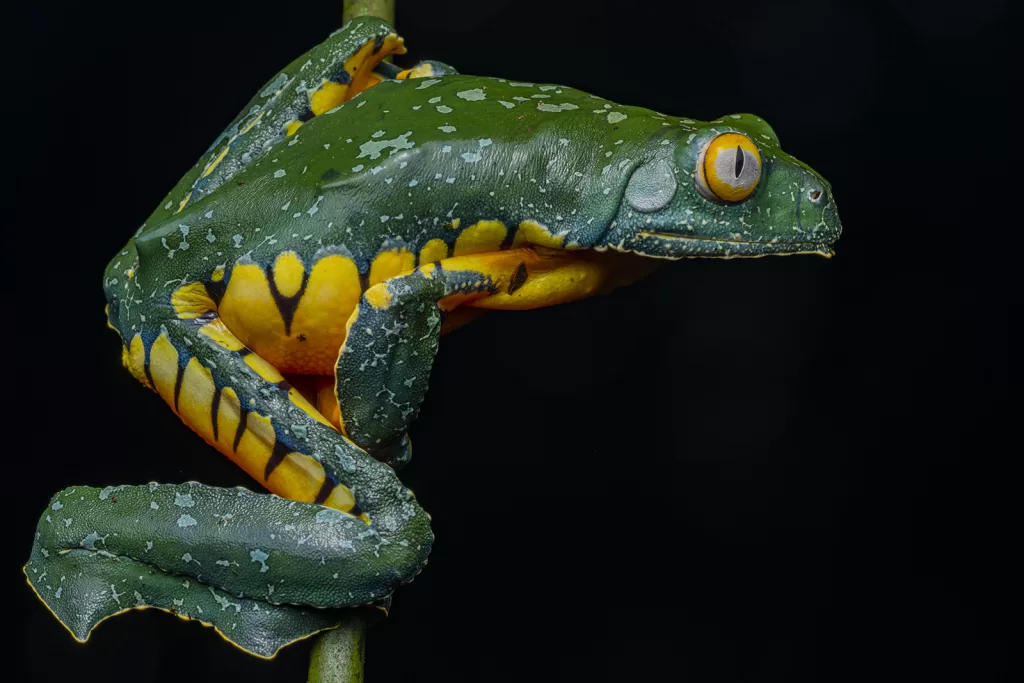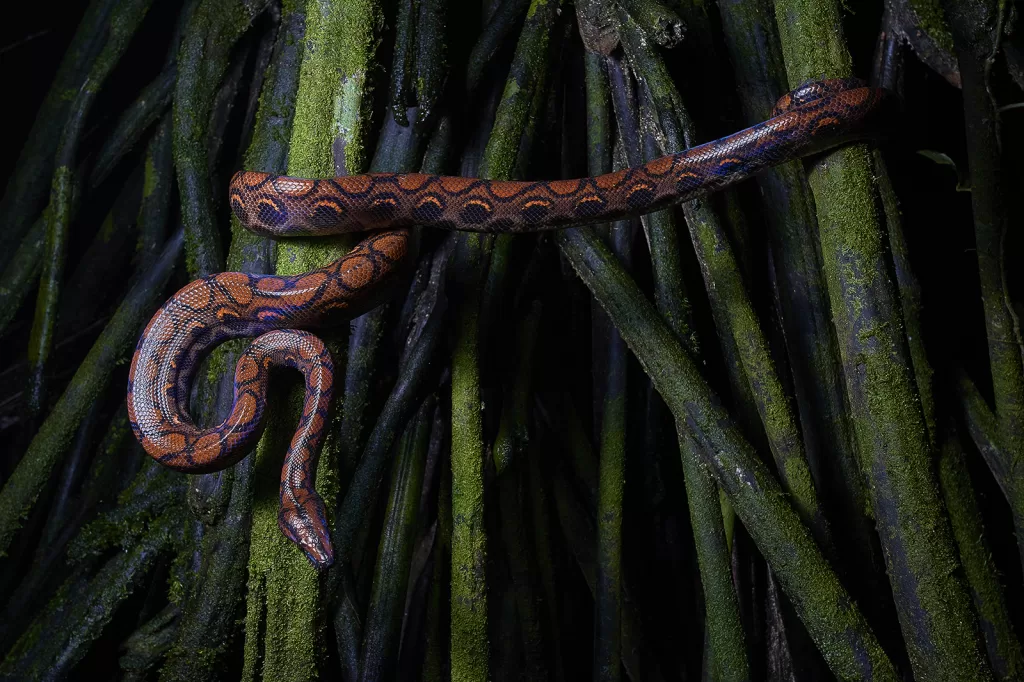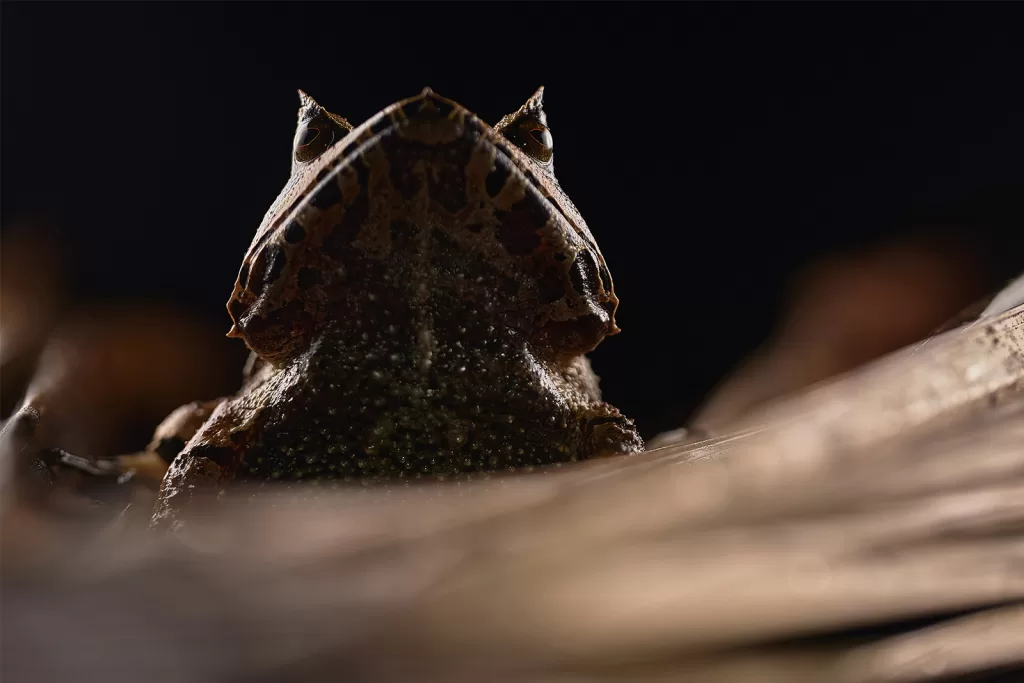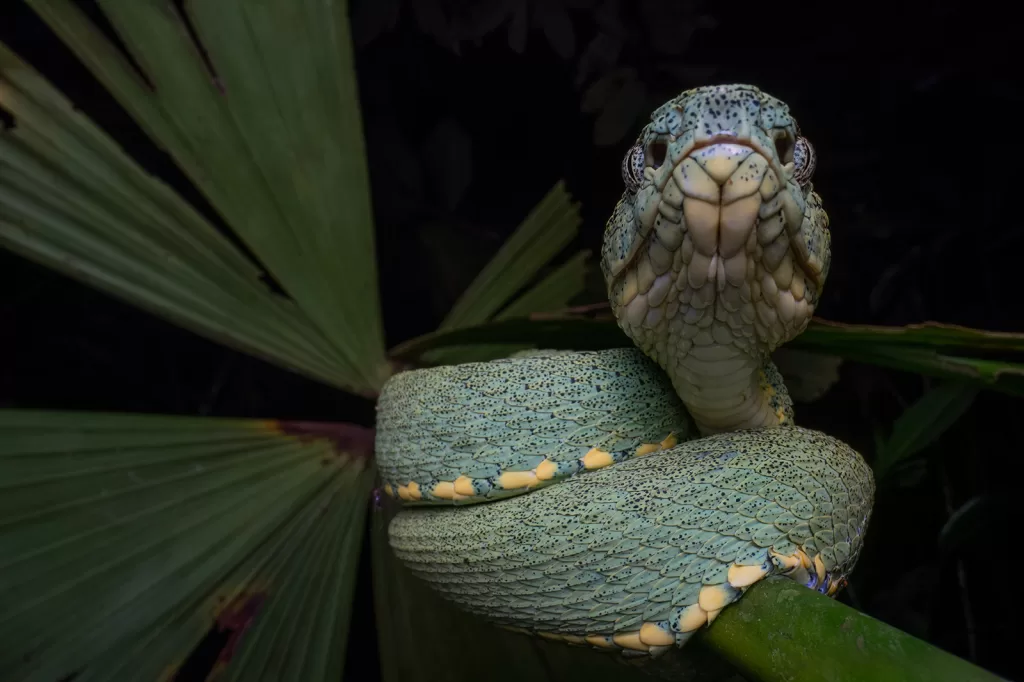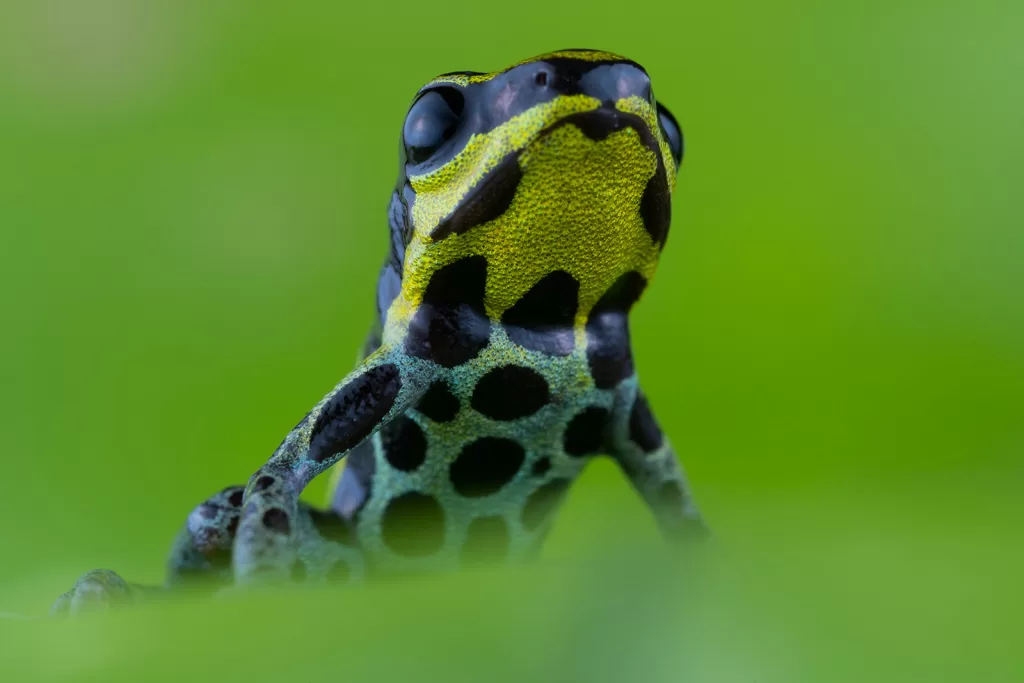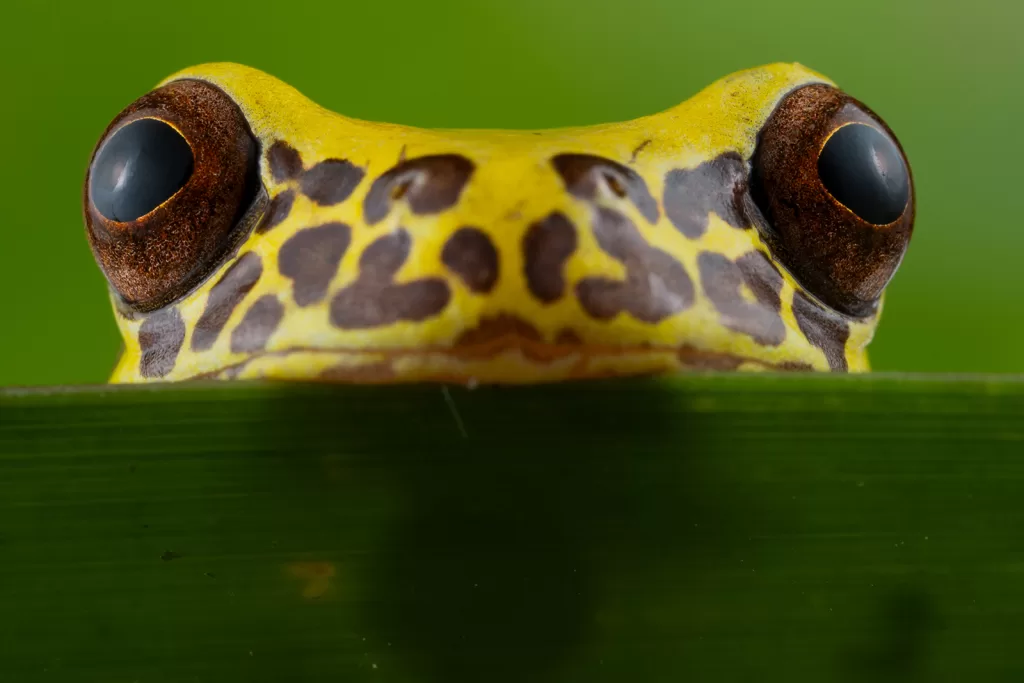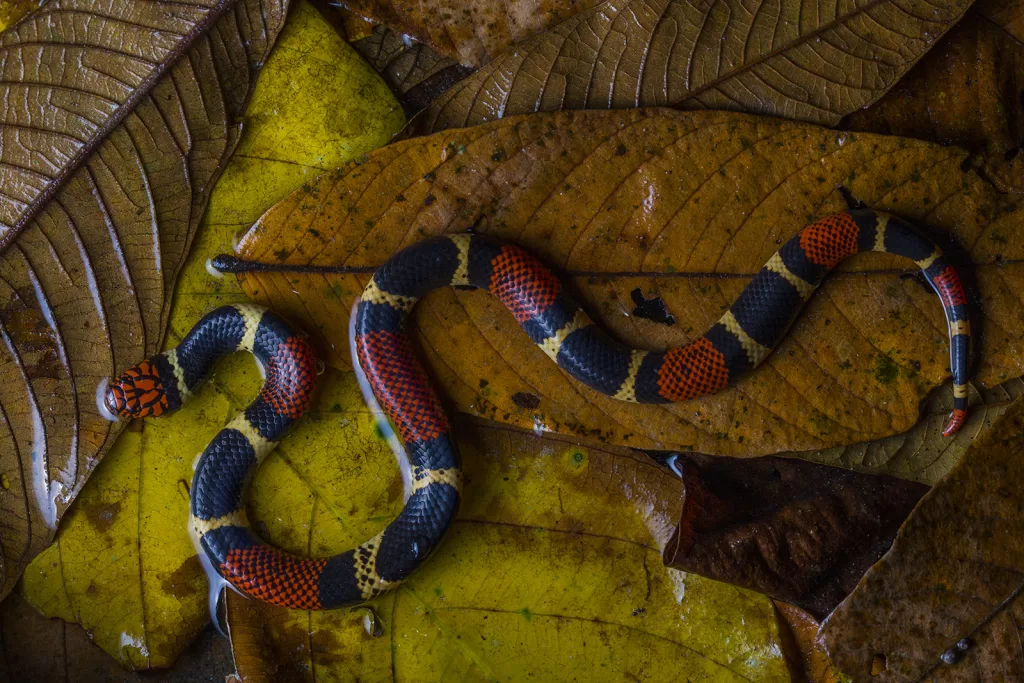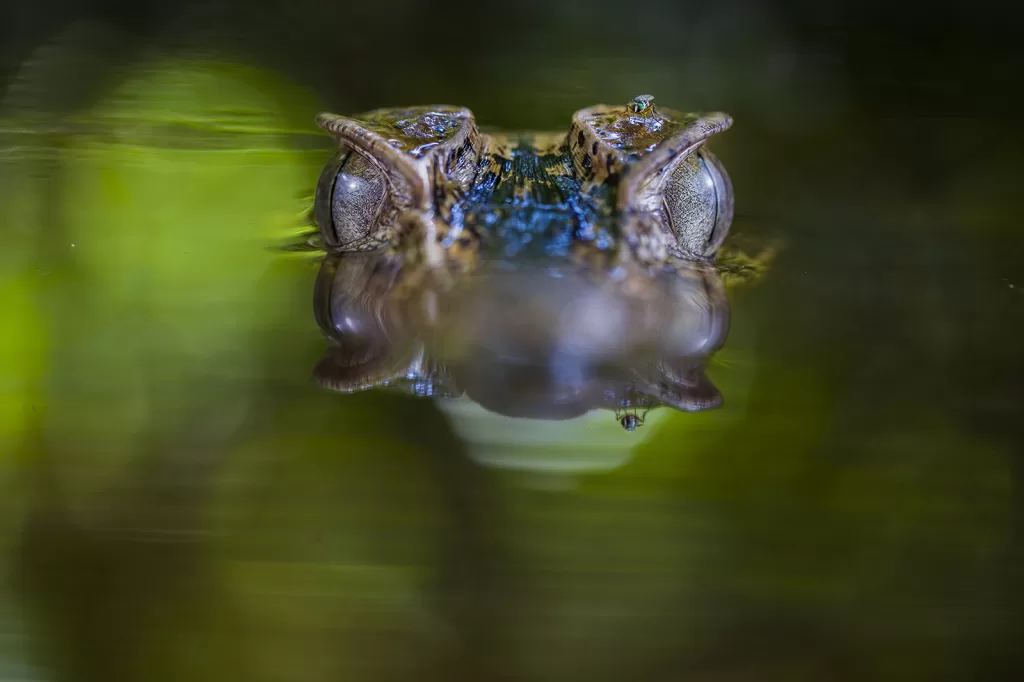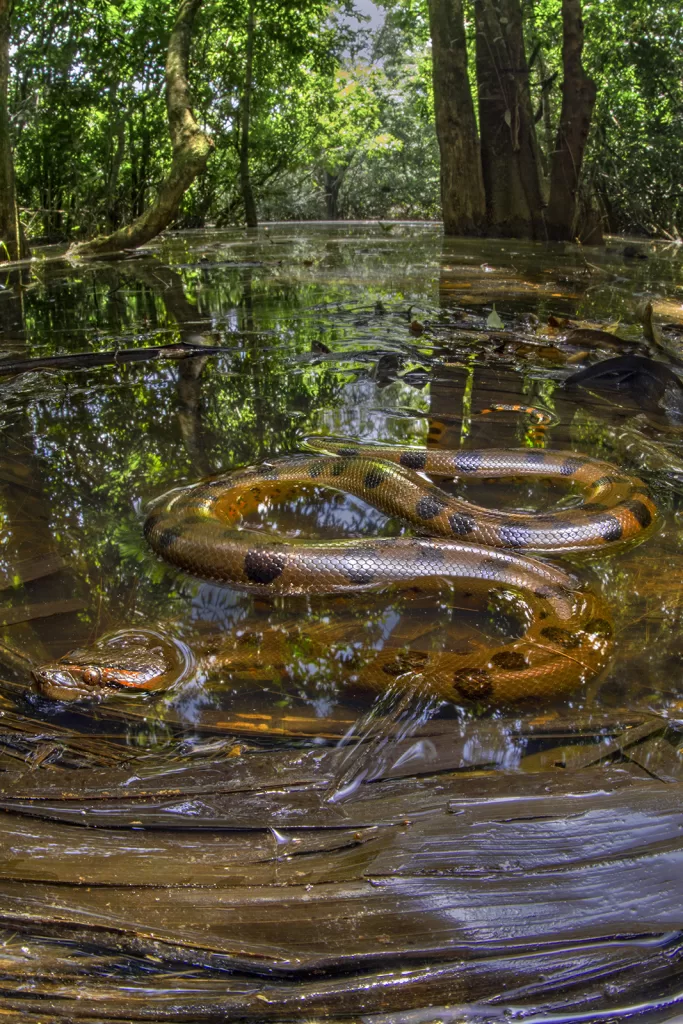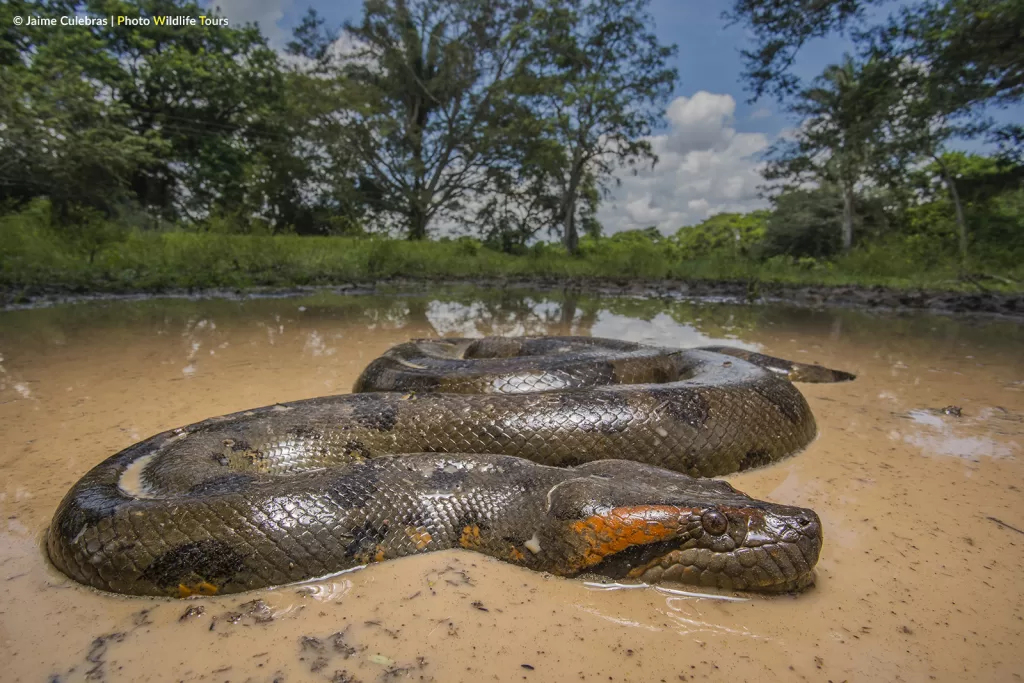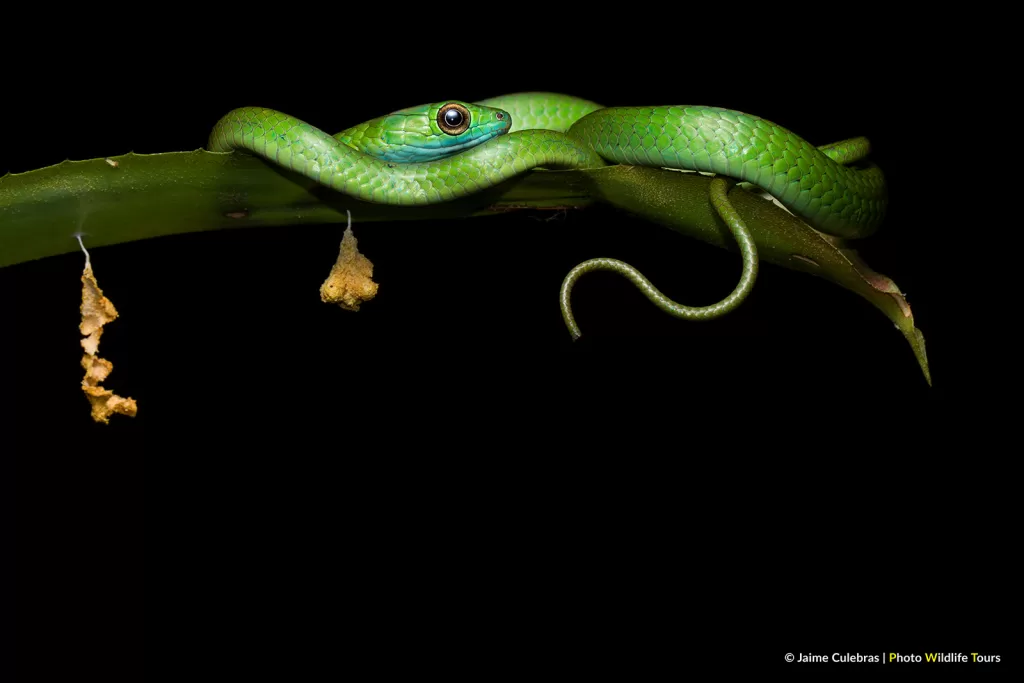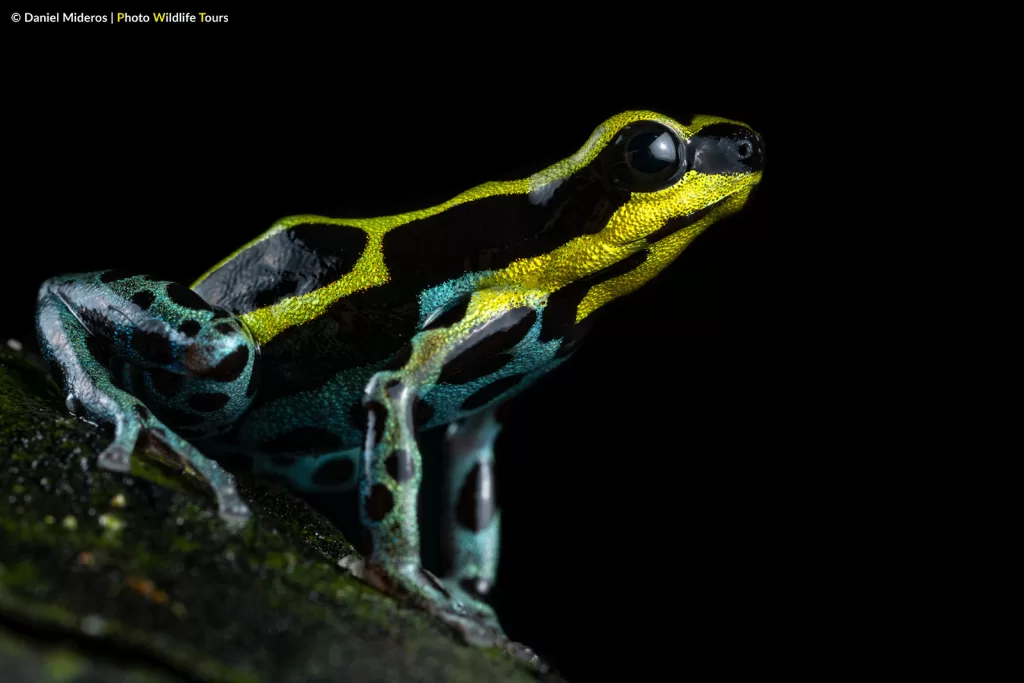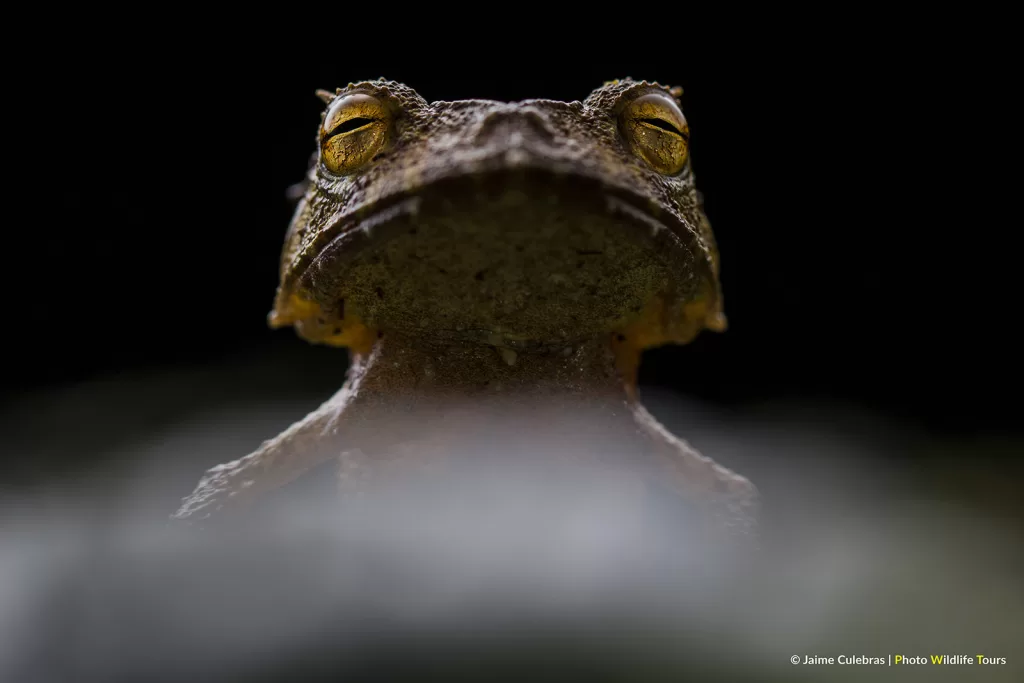Ecuador Herping Tour – Amazon
Scroll down
About the Tour
The Ecuadorian Amazon is a top destination for herping tour, and Yasuní National Park stands as a global biodiversity hotspot, with around 300 recorded species of amphibians and reptiles. This herping tour in Ecuador offers an immersive jungle experience, where the sounds of parrots, toucans, and monkeys accompany your search for these elusive creatures.
Perfect for macro photographers and nature lovers, the journey focuses on macro photography opportunities in the rainforest. Each night walk and forest trail brings the chance to capture stunning images of frogs, snakes, and lizards, while deepening your understanding of their ecology in one of the most biodiverse places on Earth.
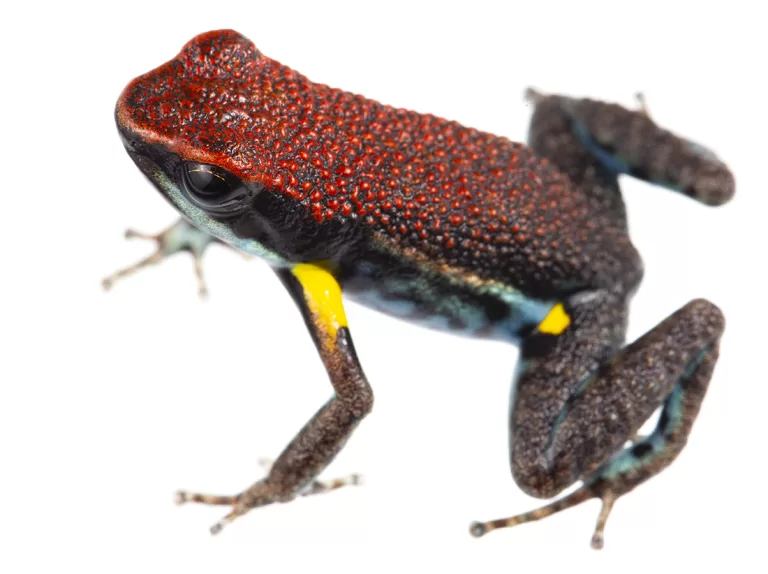
Date
All year
Activity level
Easy - Medium
Available spaces
Since 1
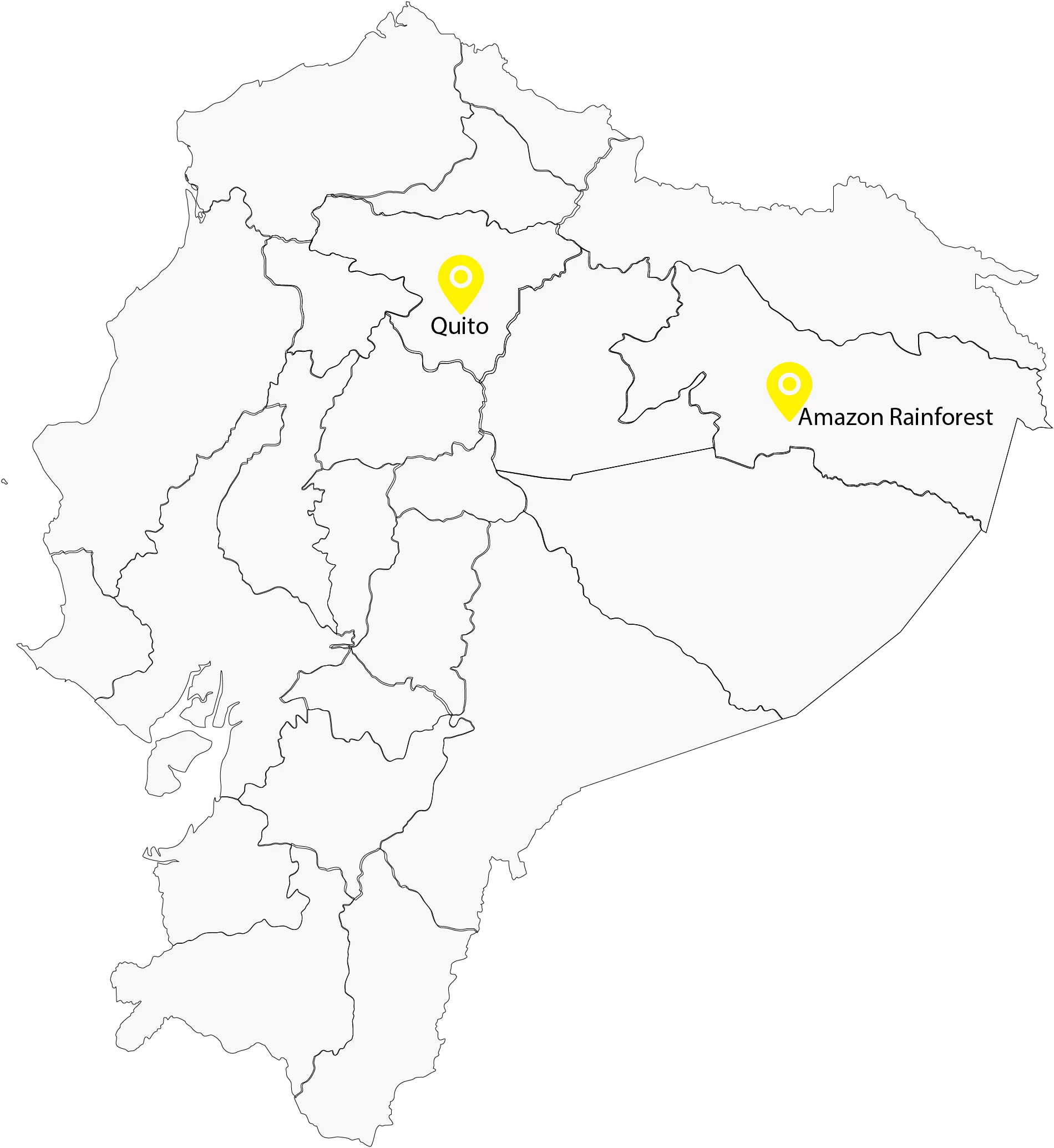
Itinerary
Day 1: To the Amazon
Our herping tour begins early. We will travel from our hotel to the Mariscal Sucre International Airport, located northwest of Ecuador’s capital, Quito.
In a flight of approximately 45 minutes, we will travel from Quito to the city of Coca (Francisco de Orellana), crossing the eastern section of the Andes.
In Coca, we will board comfortable covered canoes. We will navigate for less than two hours, enjoying the stunning views of the Napo River basin and occasional wildlife sightings. Then we’ll arrive at a smaller river where, after about 10 minutes, we’ll disembark at our home for the next few days: a beautiful and very comfortable lodge surrounded by the forest canopy and a nearby river. Upon arrival, visitors are warmly welcomed with a refreshing drink and a brief introduction before being guided to the comfort of their cabins.
After lunch, we’ll rest and enjoy our accommodation while familiarizing ourselves with the surroundings and discussing our goals for the days ahead.
After dinner, we’ll prepare our boots, flashlights, and cameras for the first night of herping. As we explore flooded areas, we’ll be searching for and photographing a wide variety of frogs, such as Monkey Frogs (Phyllomedusa vaillanti, Phyllomedusa tarsius), Milk Frogs (Sphaenorhynchus lacteus), and some Clown Frogs like Dendropsophus reticulatus. If we’re lucky, we might spot a Pipa pipa. Additionally, lizards like Anoles (Anolis spp.) or the Dwarf Iguana (Enyalioides laticeps) might be waiting for us on branches and leaves, while we keep an eye out for snakes such as the Rainbow Boa, Amazon Tree Boa, Coral Snakes (Micrurus surinamensis), or even an Amazonian Lancehead (Bothrops atrox) or a Green Pit Viper (Bothrops bilineatus).
Days 2–4: Deep in the jungle
During these days, we’ll engage in relaxed daytime activities such as visiting lagoons, walking through the jungle, canoeing, and birdwatching. These excursions may reveal monkeys, toucans, sloths, and various herp species, such as the Poison Frog (Ameerega bilinguis). Additionally, snakes like Chironius sp. often bask on trails, and Dracaena guianensis can be seen swimming or resting on branches by the water, especially on sunny days. Who knows? We might be lucky enough to see a Green Anaconda (Eunectes murinus) brightening one of our days as it appears near rivers and lagoons.
Our main efforts will focus on the night, where the life of reptiles and amphibians reaches its peak. As the daytime creatures rest, the night-dwelling beings emerge to enliven our walks. We hope to be fortunate enough to encounter the Amazon Leaf Frog (Cruziohyla craspedopus).
Day 5: Come back to Quito
We will leave the lodge early, traveling for about 10 minutes to reach the Napo River. Within two hours, we’ll arrive at the port in Coca. The return flight from Coca to Quito will be announced according to the airline’s schedule.
Once in Quito, after a brief lunch stop, we’ll continue to the Jambatu Center for Amphibian Research and Conservation, where we will learn firsthand about the ongoing projects for Ecuador’s endangered species.
Afterward, it’s time to head back to the hotel with a heartfelt “see you soon,” as we trust we’ll share another adventure together.
Please verify flight times.
Featured sightings
USD
Included
- Accommodation
- All meals outlined in the itinerary
- Expert herpetologist guide
- Domestic flights (Quito–Coca–Quito)
- Optional ground transportation
- Private ground transportation
- River transportation (Amazon)
- Reserve entrance fees
Not included
- International airfare and airport taxes
- Additional nights
- Alcoholic beverages, snacks, and drinks not included in meals
- Laundry services
- Personal expenses
- Travel insurance (highly recommended)
- Tips
- Any other service not specified in the document
General tips
To ensure the best experience, it’s important to consider some key factors that will make your stay in Ecuador more enjoyable:
- If you enjoy bringing souvenirs home, we advise you to bring extra cash for purchasing souvenirs in the various locations we’ll visit (Ecuador’s currency is the U.S. dollar). It’s recommended to carry small bills or coins, as most places do not accept $50 or $100 bills.
- In tropical areas, mosquitoes are present, so mosquito repellent is essential.
- Sunscreen.
- A hat or cap.
- A flashlight (preferably a headlamp).
- A fabric bag to store wet clothes.
- A water bottle.
Photographic equipment
As photographers, we know how challenging it can be to decide how much equipment to bring on trips, as we always want to pack everything to maximize the experience. Below are our recommendations for what type of gear to bring:
- Macro lens.
- Wide-angle macro lens (15mm or 24mm).
- Rain gear for equipment.
- Tripod.
- Flashes.
- Diffusers.
- Batteries.
- Battery chargers.
- Cleaning equipment.
- Plug adapter in case you’re using international chargers.
Clothing
The Amazon region is warm and humid. We recommend bringing long pants, long-sleeved shirts, or t-shirts made from lightweight material that allow for breathability and protect against mosquitoes, which can be quite bothersome. The region is located between 100 and 800 meters above sea level.
tour leader
At Photo Wildlife Tours, we make sure to work with the best local guides—experts in wildlife, photography, and exceptional service. Our guides are carefully selected for their extensive knowledge and experience, ensuring a unique and educational experience. We also promote a strong ethic of respect and care toward animals, making sure all our tours are conducted responsibly and mindfully.
With us, you can trust that you’ll be accompanied by professionals who are fully committed to quality, conservation, and the enjoyment of nature.
Do you need more information?
- 593 98 904 9567
- [email protected]
- Quito - Ecuador
